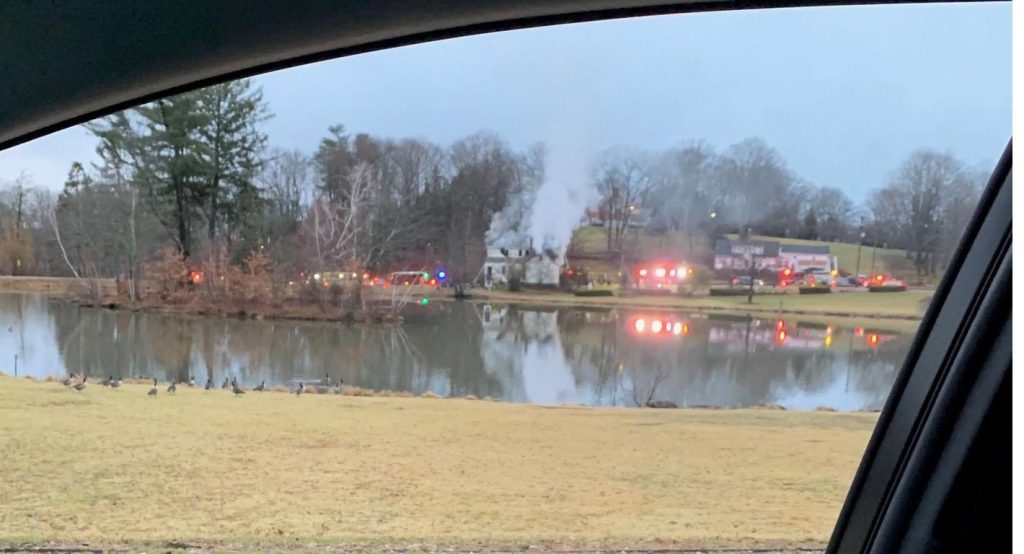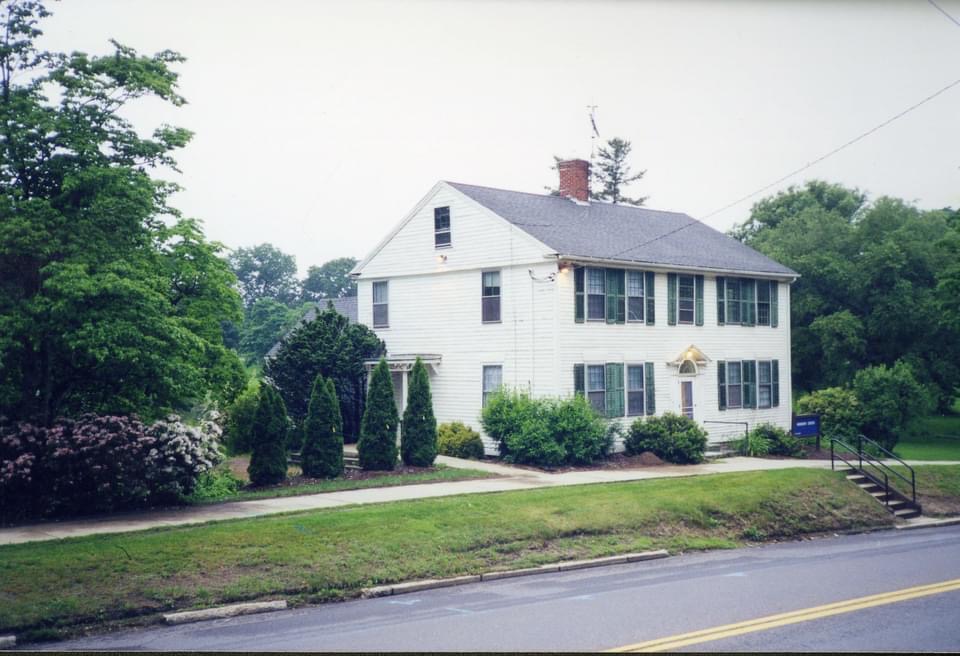On Friday, January 20, one of the oldest structures on the UConn campus suffered extensive damage from a fire. Thankfully the structure was unoccupied and no one was hurt but it is unknown if the fire has damaged the structure beyond repair.
Known as the Whitney House, or the International House, it was built between 1802 and 1807 by John Gilbert, Jr., of Mansfield, Connecticut, one of the original owners of the property. The building and the property passed on to Gilbert’s sons, and then his grandsons, and in 1867 it was then sold to Augustus Storrs.
Storrs had a large family farm nearby and was, at that time, a businessman in New York City, so he rented the house to Mrs. Minerva Whitney, widow of Edwin Whitney, who established and was director of a school for orphans near the house. It is thought that after Mr. Whitney’s death Augustus Storrs offered the home to Mrs. Whitney to purchase.
In 1881 Augustus Storrs and his brother Charles offered to the State of Connecticut the property and funding for what was then used to establish the Storrs Agricultural School, later known as the University of Connecticut.
At the time of Edwin Whitney’s death Mrs. Whitney was pregnant with their daughter, whom she named Edwina. In 1900 Edwina Whitney became the Connecticut Agricultural College’s Librarian, a position she held until 1934. She was also an instructor of German. You can read more about Edwina Whitney here.
In the late 1800s Minerva Whitney used the house as the local post office. She sold the house to the college in 1918 and it was used to house faculty members. In 1964 it was refurbished and made available as a center for foreign students, thereby known as the International House.
Post written by Laura Smith, Archivist



